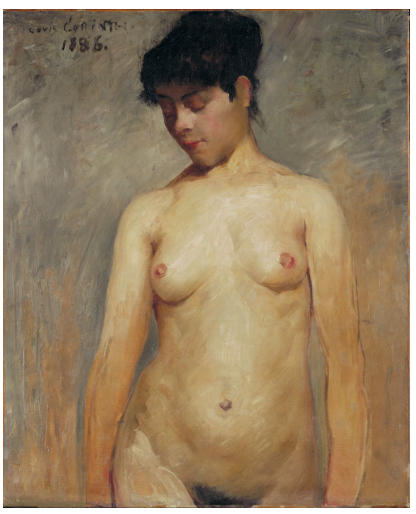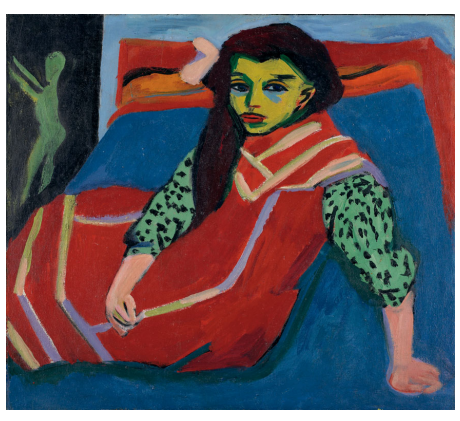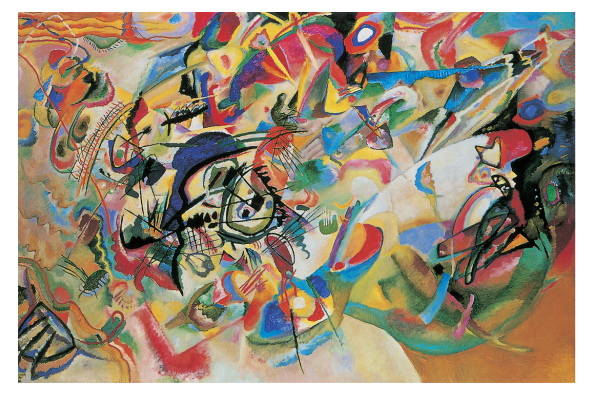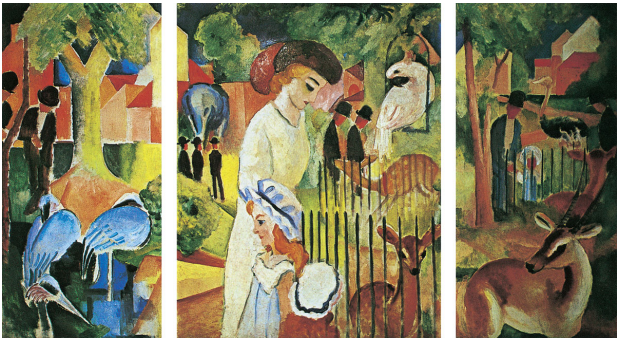The paper contains a raft of expressions by 19th and early 20th-century artists whereby they conveyed what was in their hearts rather than the reality of their art. On that note, expressionism is conveyed through intense feelings through the works done by paintings or sculptures. That period was characterized by treasuring of emotionalism in artworks, such as the romanticism period, which was characterized by drawings that represented the intimate aspects of human beings (Arnason & Mansfield, 2012). The spread of secularism widely in the regions of Germany and Austria.
Several artworks in the chapter help the reader understand the extent to which artists would convey emotions. For example, The Lion Hunt by Delacroix shows the violence and robustness in society as depicted in the art (Arnason & Mansfield, 2012). Additionally, Munch’s The Scream reveals expressionism as the artist conveys the theme of desperation and alienation in society. Also, fierce expressionism was popular due to the representation of women’s sexuality, such as Nude Girl by Lovis Corinth in 1886, as shown in Figure 1 (Arnason & Mansfield, 2012). Thus, through the chapter, a reader can gain knowledge and interpretation of expressionism in arts.

There was a revolution in art in the early 20th century, where young painters took a new turn in art. Painting groups creation of what was known as Die Brucke or ‘The Bridge’ association that was used to link all fermenting elements in art (Arnason & Mansfield, 2012). Some of the painters in the association, such as Ludwing Kirchner, articulated other essentials of expressionism, such as empathy and the change of the new world. As shown in Figure 2 below, Kirchner drew Girl Franzi, who later became a model in the Brucke group.

In Germany and Austria, artists then began to make sculptures that showed the industrial revolution in the world and the spiritual culture that was practiced by communities. For example, Vasily Kandinsky drew Composition VII, which portrayed the boats in seemingly stormy waters, thus, representing biblical flood as shown in Figure 3 below (Arnason & Mansfield, 2012). The style started spreading widely, giving religion a chance to be embodied in art. Other artists, such as Gabriele Munter, started doing paintings that gave an element of modern relationships in the world. Also, as Figure 4 shows, August Macke drew the Great Zoological Garden, which displays the transformation from the ancient world to modern society (Arnason & Mansfield, 2012). The art reveals the world’s interconnection through the environment and the social segmentation that is visible in many parts of the world.


Sculptures translated various elements into the world, mostly during the romanticism period. For example, the Kneeling Woman by Wilhelm Lehmbruck in 1911 expresses women’s melancholy and loss when they face struggles in relationships with men (Arnason & Mansfield, 2012). The sculpture revealed the trauma and sadness that Lehmbruck had gone through during World War I, which eventually led him to commit suicide. Self-examination was also a broad theme in Austria, as shown in Portrait of Paris von Guterslah, drawn by Egon Schiele in the 1890s (Arnason & Mansfield, 2012). The art shows a disgruntled man who appears to be harmful, an expression of inhumanity that the society had, more so to people who had no power or knowledge over issues. From chapter 6, the reader understands artwork was characterized by transitional values in both Germany and Austria.
Reference
Arnason, H., & Mansfield, E. (2012). History of modern art, 7th edition. Laurence Kibng Publishing.